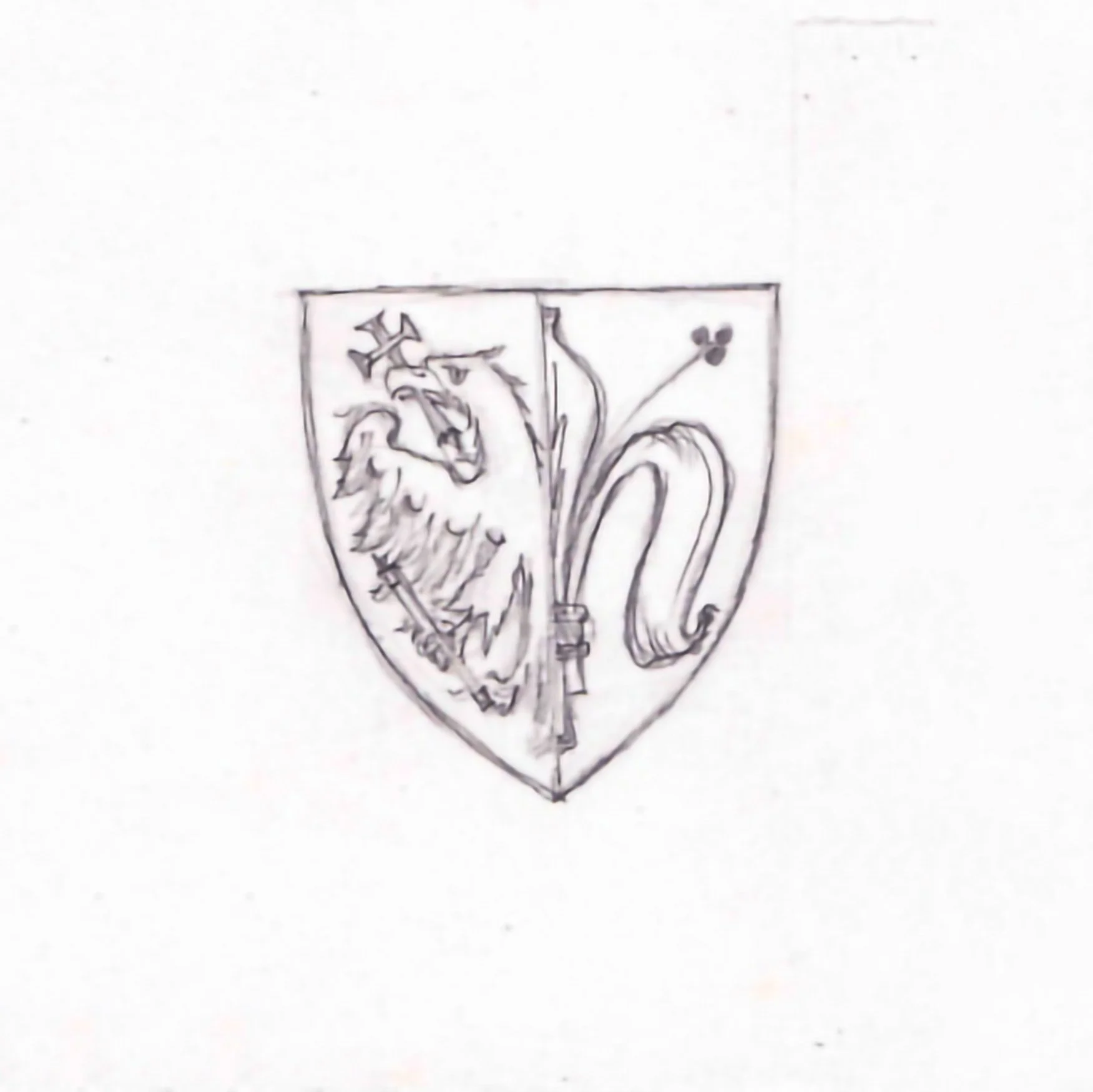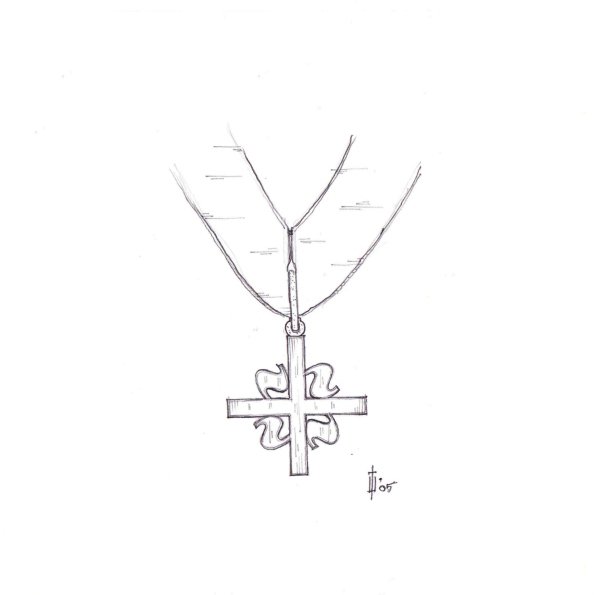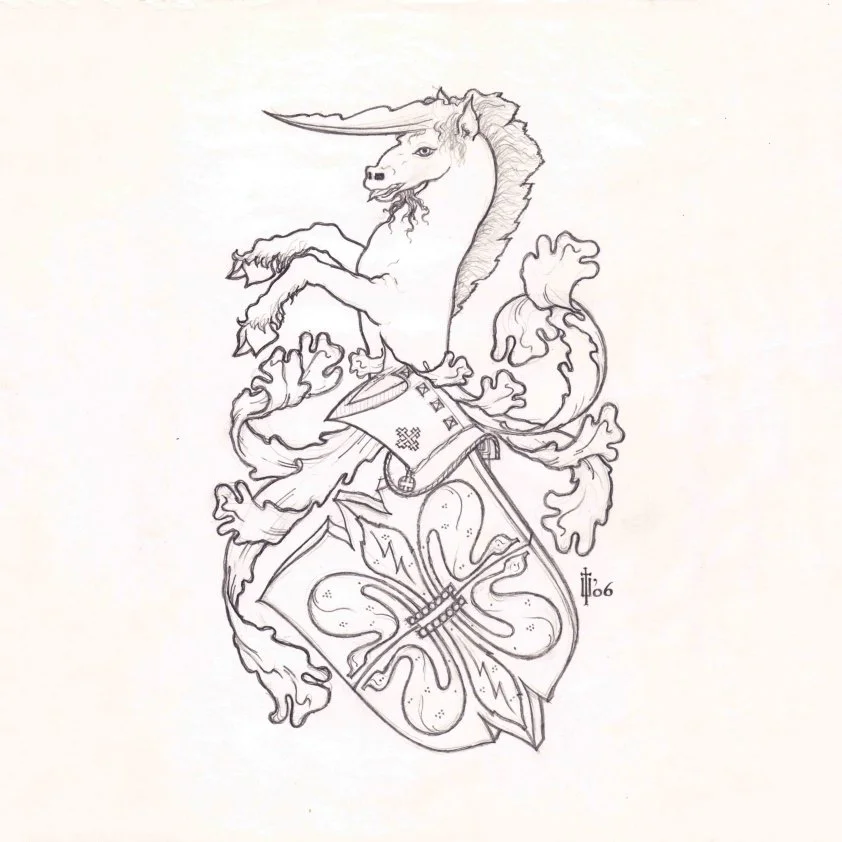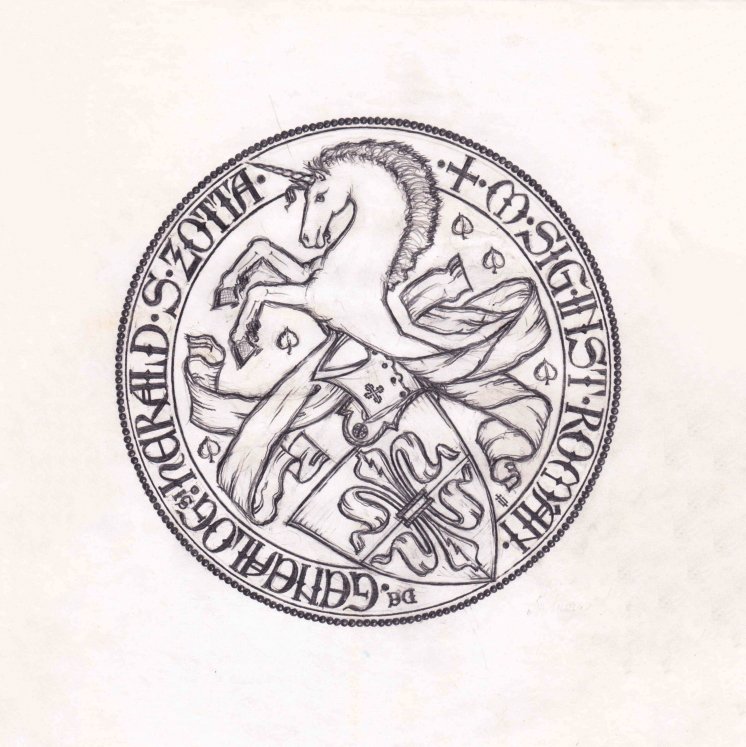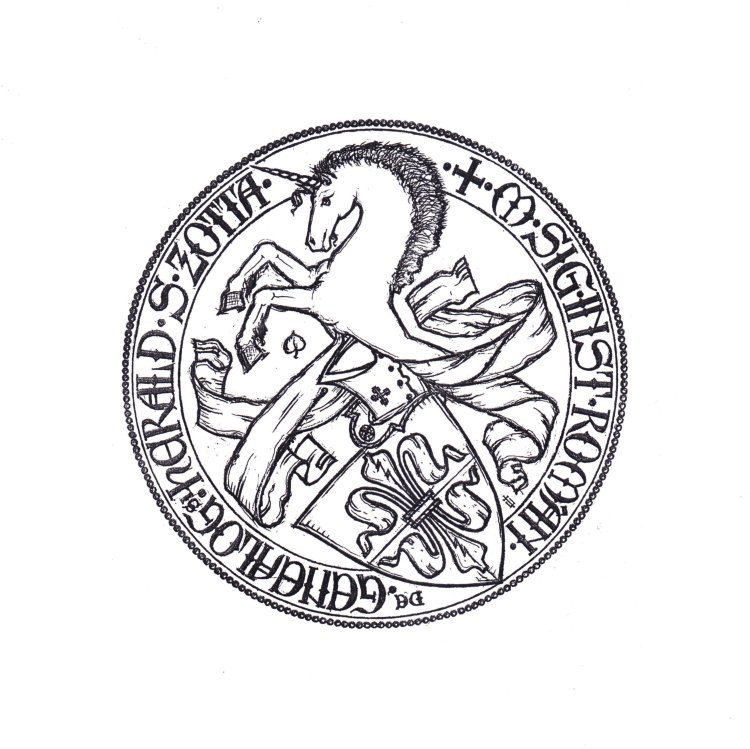
About the Institute
The Romanian Institute of Genealogy and Heraldry, founded in 1998, bears the name of Sever Zotta, an illustrious advocate for Romanian genealogical studies. Its purpose is to foster an appreciation for the exploration of the Romanian people's past through genealogical and heraldic research, as well as to cultivate interest in familial history.
As early as 1913, Sever Zotta envisaged the establishment of a “scientific genealogical centre”. This notion was revisited in 1938, when several scholars advocated for the founding of an institute dedicated to genealogical research. However, the adversities of the times permitted only the organisation of the Circle of Romanian Genealogists (1943–1945). A significant milestone in the organisation and promotion of genealogical and heraldic studies in Romania was the formation of the Commission for Heraldry, Genealogy, and Sigillography (CHGS) in May 1972, initially under the auspices of the “Nicolae Iorga” Institute of History, and subsequently, from 1990 onwards, as a National Commission (CNHGS) under the Romanian Academy.
The groundwork for creating such a society was laid during the Genealogical Studies Symposia held in Iași starting in 1989. The steps taken from 1994 to 1998 are documented in the pages of the Genealogical Archive journal, which include the draft statutes.
The emblem of the “Sever Zotta” Romanian Institute of Genealogy and Heraldry
At the General Assembly convened on 9 May 1998, during the 9th Congress of Genealogy and Heraldry in Iași, the statutes were adopted, and the governing and oversight bodies of the “Sever Zotta” Romanian Institute of Genealogy and Heraldry were duly appointed, in accordance with statutory provisions.
On Wednesday, 13 January 1999, the Iași Tribunal ruled that the application for the legal recognition of the Romanian Institute of Genealogy and Heraldry was well-founded. It was thus established that this academic, scientific, non-profit, non-governmental, and apolitical foundation, bearing the aforementioned name, could be authorised to operate as a legal entity under the provisions of Law 21/1924.
In the early 2000s, the idea of creating a symbol for the “Sever Zotta” Institute was raised. At that time, the Romanian heraldic artist Constantin E. Ștefănescu worked on designing such an emblem. The initial drafts, dating back to 2005, were based on a Gothic shield divided in half: on the dexter side was the Romanian eagle, while the sinister side featured a fleur-de-lis. The fleur-de-lis was the first heraldic symbol associated with the heraldry of the two ruling houses that founded the Principalities of Wallachia and Moldavia: the House of Basarab and the House of Bogdan.
During the same period, a concept for a heraldic decoration was sketched out, inspired by the young heraldist Tudor-Radu Tiron. This design consisted of a cross formed from the letter h (for heraldry), optionally incorporating the Institute's shield at its centre. However, this idea never materialised.
A year later, the concept of a coat of arms for the “Sever Zotta” Institute took shape. The design featured a quartered shield in Azure and Gules, overlaid with a fleur-de-lis Or. The crest consisted of a unicorn issuant. This coat of arms was later adapted into a seal by the same artist, with additional details such as lime leaves, a symbol of Iași, added to the seal's field.
About Sever Zotta
Sever, Knight of Zotta (Sever, cavaler de Zotta in Romanian; Sever Ritter von Zotta in German) was born on April 14, 1874, in Chisălău, Austria-Hungary (now Ukraine) and died on October 10, 1943, in Orsk, Russia. He was a Romanian archivist, genealogist, historian, and publicist, as well as a corresponding member of the Romanian Academy. For his academic career, he was made a Commander of the Order of the Crown of Romania and an Officer of the Order of the Star of Romania.
The Zotta family name was known early on in the Principality of Moldavia. For instance, a Zota, Prefect (Pârcălab in Romanian) of Hotin, appears in a document dated June 20, 1589. On August 4, 1645, a Zota from Cernăuți witnessed a contract for the acquisition of the Coșula Monastery. After Bukovina was forcefully split from the Principality of Moldavia and then united with the Habsburg Kingdom of Galicia, the brothers Ștefan, Ioan, Grigoraș, Gheorghe, and Enache were ennobled with the title of hereditary knight by Joseph II, Holy Roman Emperor, on January 21, 1793. Later, when Bukovina became an autonomous duchy in the Austrian Empire, the Zottas were matriculated as nobles in the Duchy of Bukovina.
Although the family was not officially granted arms by the Holy Roman Emperor or the Austrian Emperor, the Zottas did use heraldry, as was the case for most of the former Moldavian boyars which, after Bukovina’s rapture in 1774, became imperial nobles. According to Emanoil Hagi-Mosco’s armorial from 1918, the Zotta arms were: Per fess Gules and Or, in chief a dove Argent standing on a tree stump Vert erased in bend sinister, holding an olive branch Vert in its beak. Interestingly, the colours of the lettering in the aforementioned certificate of nobility are the same as those found in the Zotta coat of arms.
Sever Zotta
Certificate of nobility issued to Mihail, Knight of Zotta, 1898
Coat of arms of the Zotta family, 1918
Sever was the second son of Ioan alias Iancu, Knight of Zotta (October 10, 1840, Borăuți–March 19, 1896, Noua Suliță), a landowner, jurist, member of the Bukovinian Diet and the Imperial Council in Vienna, and his wife Elena alias Ilinca of Hurmuzaki. Ioan also had two other children, Octavian and Elena, who married the noted politician Iancu, Knight of Flondor. Additionally, Sever's father was the president of the Society for Romanian Culture and Literature in Bukovina.
Sever's wife was Margareta of Grigorcea (February 5, 1880–June 28, 1969). The couple had several children, including a son, Ioan alias Iancu (1909–1987), and a daughter, Ruxandra (1910–2003), who married André d'Albon of Saint-André.
Sever first completed secondary education in Cernăuți and then pursued higher studies (law and social sciences) at the University of Vienna. He obtained his law degree in Bucharest in 1904 with a thesis on The Lease Contract in Roman and Romanian Law. In 1909, he published the historical play Vasile Lupu in Bucharest. In 1911, he settled in Iași, where he dedicated himself to genealogical studies, founding the journal The Genealogical Archive (Arhiva Genealogică in Romanian), which began publication on January 1, 1912, aiming to remain neutral in political struggles and distant from any snobbish tendencies toward social differentiation. Unfortunately, due to financial constraints of the publisher, the journal ceased printing after 1913. The editorial office was at Golia Monastery in Iași. The emergence of The Genealogical Archive was a remarkable event in the development of Romanian genealogy. His manifesto article, What we want (Ce voim in Romanian) is a true profession of faith:
The purpose of this journal is to awaken and increase interest in the history, life, and future of families within Romanian society, beyond its political borders, so that this particular interest may benefit the general interest in the history, life, and future of the Romanian nation.
At the State Archives in Iași, Zotta's research began as soon as he arrived there. The position of archive chief became available upon the retirement of Gheorghe Ionescu-Gion in October 1912. Dimitrie Onciul, as General Director of the State Archives, sought to revitalize archival work in Iași and recommended Sever for the position. Zotta was appointed Director of the State Archives in Iași on October 1, 1912, a position he held until 1934, when he retired. During this time, he encouraged private individuals to deposit their documents in the archives, which included documents from his friend Pavel Gore (1875–1927), a Romanian noble of the Russian Empire. Additionally, the rich private archive created by Nicolae Rosetti-Roznovanu was temporarily housed in the Iași Archives. He succeeded Ioan Tanoviceanu, a law professor in Iași specializing in the genealogy of the Prăjescu boyars.
He lived in Iași until 1934 when he retired. Caught by the Russian invasion of Romania in 1940 at his home in Davideni (now Ukraine), Sever Zotta chose to remain there, safeguarding his library and manuscript collection. On June 13, 1941, he was arrested by NKVD officers, given only ten minutes to pack, and deported to the Urals by the Soviets. He passed away in captivity in Orsk, in October 1943. A portion of his extensive collection of documents, manuscripts, and Hurmuzaki family correspondence ended up in the care of the State Archives in Bucharest and Iași. After 1941, his wife Margareta returned to Cernăuți, salvaging what she could of the genealogist's collection and donating part of the Hurmuzachi brothers' letters addressed to their mother Ileana to historian Teodor Bălan.
Esteemed by Dimitrie Onciul and Nicolae Iorga for his exceptional erudition in genealogical studies, Sever Zotta has entered Romanian historiography as the genealogist par excellence. He pioneered a path followed today by those engaged in the genealogies of noble families in Moldavia in particular and Romania in general.
For his career, he was made a Commander of the Order of the Crown of Romania and an Officer of the Order of the Star of Romania. A street in Iași is named after him. The “Sever Zotta” Romanian Institute of Genealogy and Heraldry in Iași bears his name, honoring his contributions to these branches of historical science in Romania.


